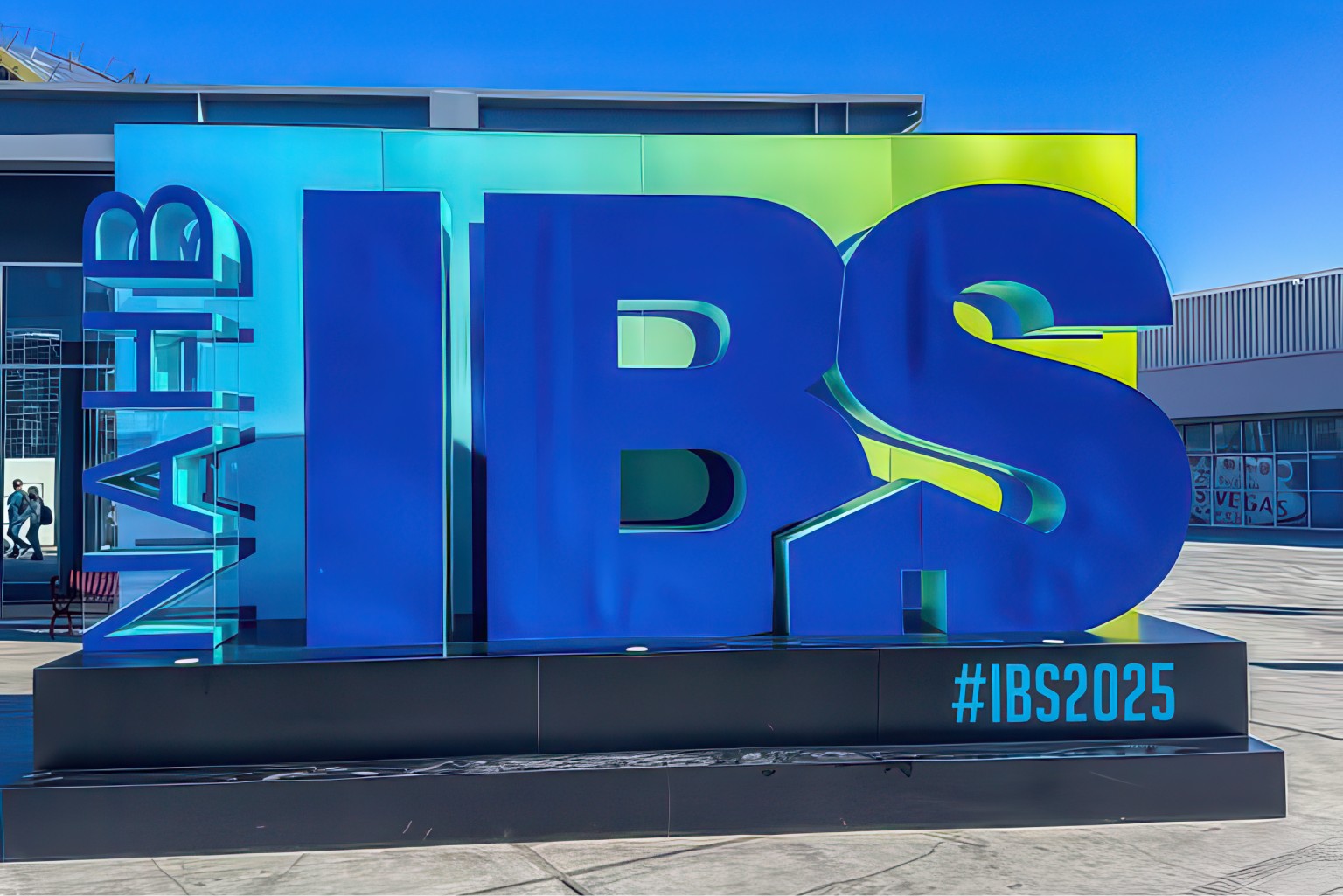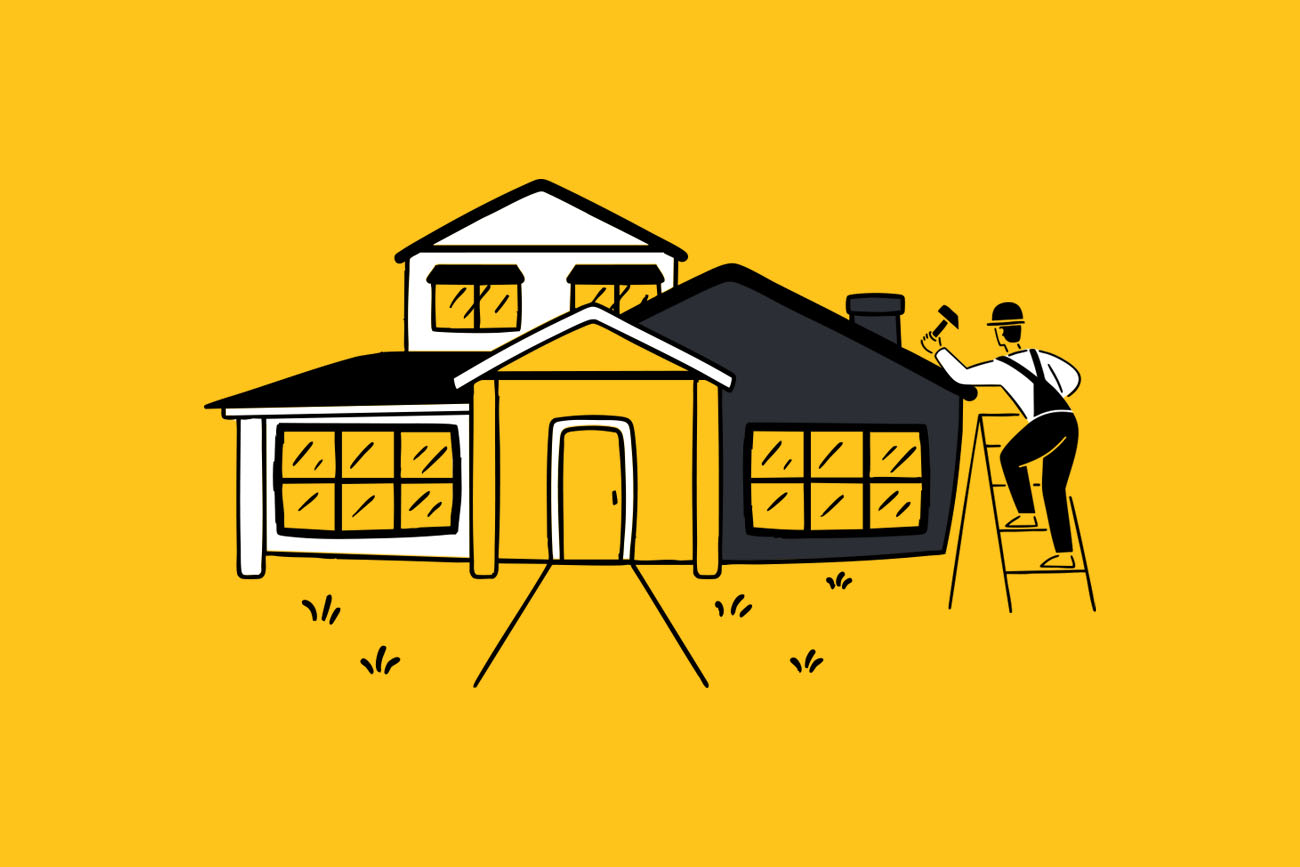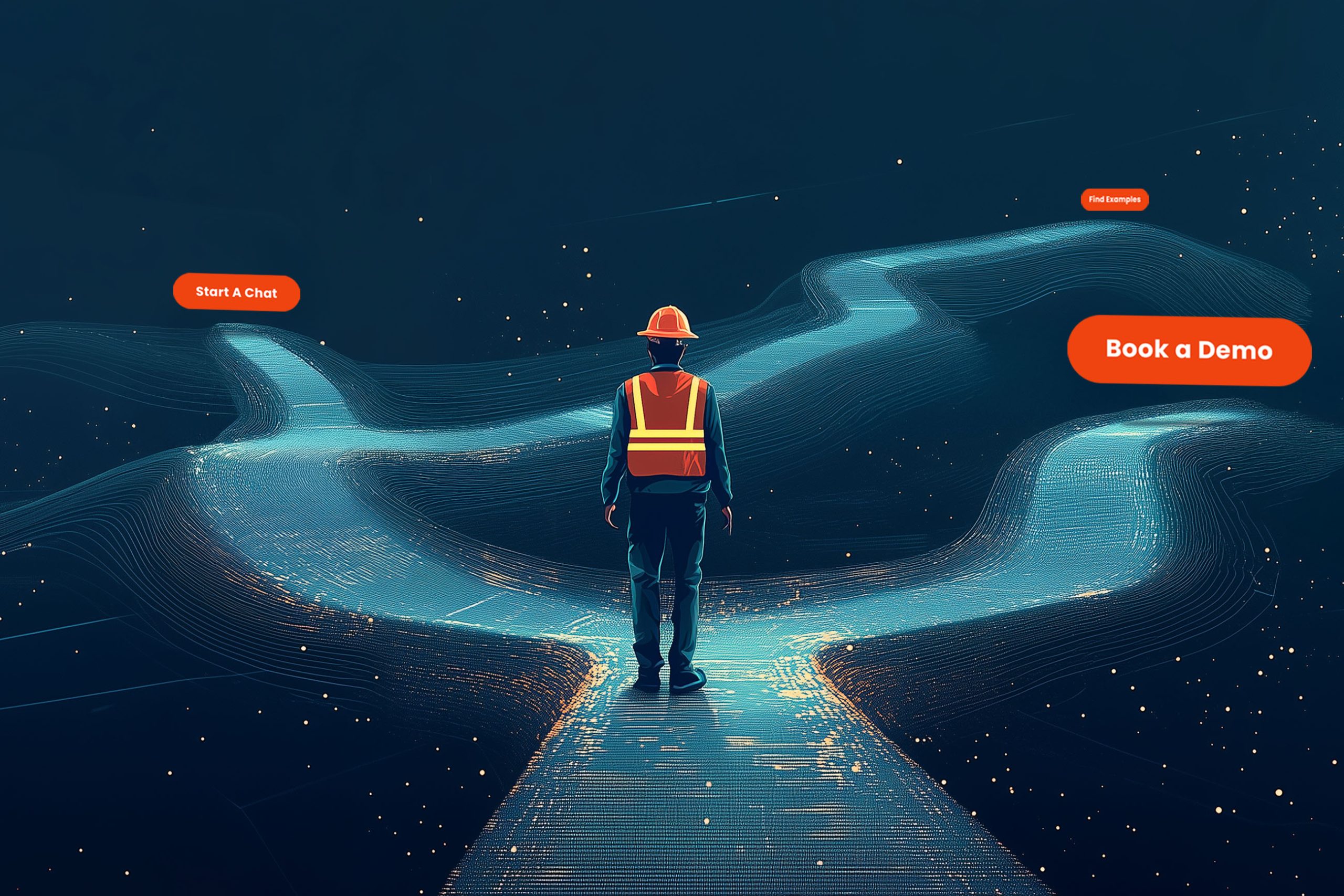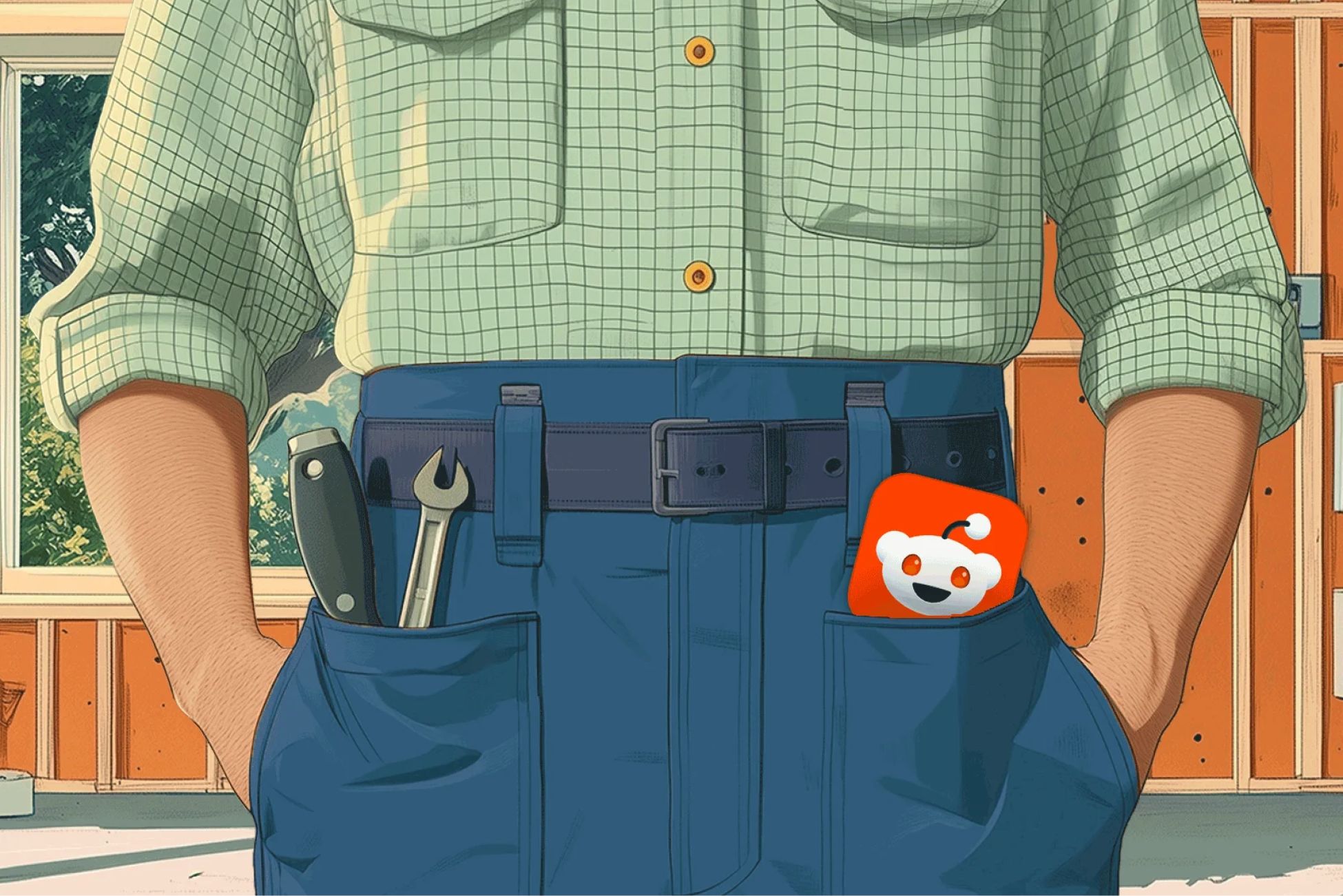Invisible Design: How Tech-Driven Wellness is Shaping the Customer Experience

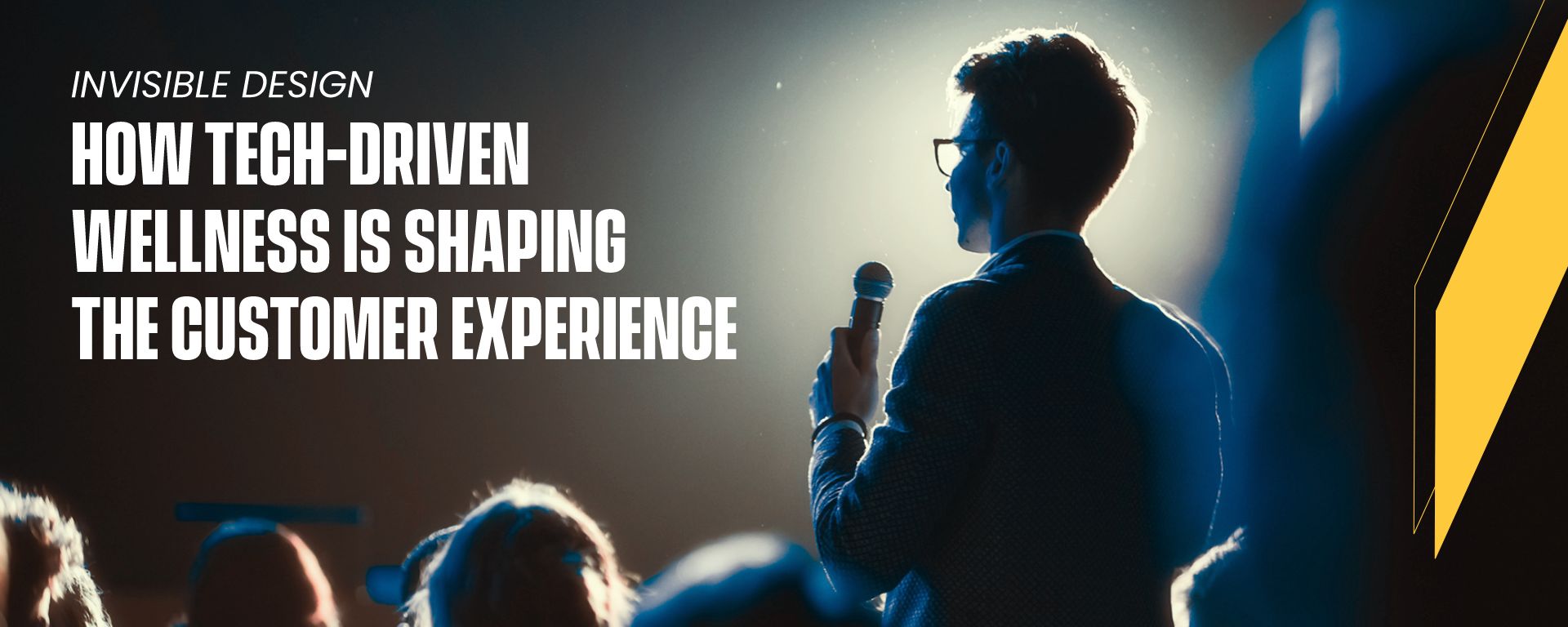
Introduction
As a Creative Director of experience design, operating at the intersection of physical and digital realms, I am acutely aware of the impact that digital technology can have on our physical world, and it remains a constant consideration in my work. What truly captured my attention at RICE 2023 was not the introduction of new technology to further inundate an already overwhelming marketing environment, but rather the application of technology used as a subtractive approach, aimed at alleviating burdens on consumers and addressing subconscious areas that often go unnoticed but wield considerable and significant difference.
Sensory Design 3.0
One session in particular that stood out to me was the exploration of Sensory Design, particularly its real-life applications compared to its utilization in web3 world building. Sensory design is all about focusing on subtle details that resonate subconsciously with users. It’s about harmonizing with the senses to help the users reach their functional, emotional, and social needs. A noteworthy progression was highlighted, starting from Sensory Design 1.0 exemplified by Abercrombie & Fitch's use of signature fragrances in their stores, followed by 2.0 seen in Starbucks' creation of cozy environments through jazz soundtracks and subsequent album sales. However, the session delved into the realm of Sensory Design 3.0, emphasizing behavioral change, enabling customers to fulfill their purposes, and optimizing environments for enhanced well-being.
For instance, imagine yourself staying in a luxurious 5-star hotel with exceptional service, a beautiful room, and a bed that feels like a cloud. Every detail seems to be carefully considered until, in the middle of the night, you find yourself lying awake due to the disturbance caused by the glow of a blue light from the alarm clock. Or the blinking light from the microwave, the rattling noise of the mini-fridge, or the window treatment that doesn't quite close all the way. As a hotel brand, you can create the perfect hotel room, but overlooking these small details means missing the mark on your customers' most fundamental need: a good night's sleep.
Nissan heard their customers' feedback loud and clear when they introduced their electric car, Leaf EV, to the market. While the car itself was great and worked perfectly, one detail was overlooked—how parents use a car ride to lull their little ones to sleep. Unfortunately, the quietness of the Leaf EV didn't have the same soothing effect. Realizing the importance of this issue, Nissan collaborated with Tom Middleton, a sound designer and sleep coach, to create lullaby tracks using sounds that combined interior and exterior recordings from the Leaf with specially crafted "combustion-engine frequencies" that only children can hear. This thoughtful approach addressed a seemingly small detail but significantly enhanced the overall experience for families using the Leaf EV.
In both the hotel industry and the automotive market, these overlooked elements directly affect customers' well-being, whether it's the quality of their sleep or the comfort of their children. These instances of seemingly small details having significant impacts resonate deeply with a broader macro theme: wellness.
Wellness
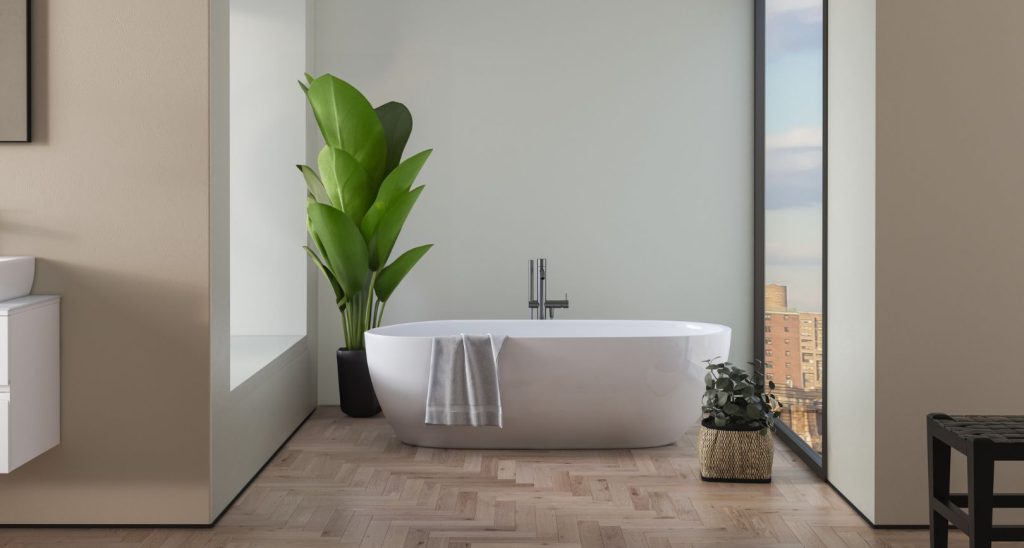
In this post-pandemic world, the need for wellness has become more pronounced, arising from our collective experience of burnout. One area that addresses this quite well, with a beautiful blend of sensory design and the integration of technology, is the kitchen and bath industry.
While wellness is not a new trend, its evolution over the years has been noteworthy. It began with biophilic design, emphasizing the integration of plants and greenery to bring the outdoors inside, fostering a connection with nature. This was followed by the embrace of digital detox and mindfulness, incorporating elements like soothing soaking tubs to promote relaxation and mental well-being. Today, the wellness experience has reached new heights, driven by the seamless incorporation of technology. A current trend that’s on the rise is the use of tech for automation in the home, specifically the bathroom, bringing a new dimension to the concept of wellness in our living spaces. Routines and sensory experiences can now be precisely programmed and automated, allowing us to create various worlds of wellness with ease. Picture your early morning routine with heated floors, crisp lighting, personalized music, and a shower set at the perfect temperature. Alternatively, envision an evening of relaxation with ambient mood lighting, soothing music, and a steam shower to unwind. These personalized sensory experiences are made possible through technology, empowering us to curate our own personalized oasis right in our bathrooms.
Crossover into Retail
This trend of embracing wellness and technology has not only transformed our homes but is now influencing the retail space as well. Another intriguing session at RICE delved into Walmart's innovative approach of "conversation commerce" through their Store No. 8 initiative. Instead of relying on the retailer's workflow by using their traditional websites and apps, Walmart uses technology in a subtractive approach to remove burdens and seamlessly integrate into the customer's daily routines.
This means that their customers who are busy and constantly on the go can effortlessly connect with Walmart through conversational experiences where and when needed. Just like sending a text message asking someone to pick up a forgotten item, or telling their voice activated assistants to add last minute items to their shopping list - these can go directly to Walmart, crossing off to-do list items in a few seconds. This also includes texting Walmart to return your recent purchase, or navigation help while shopping in-store. This user-centric approach eliminates the need for customers to take an additional step in their shopping process, making shopping even more convenient and accessible.
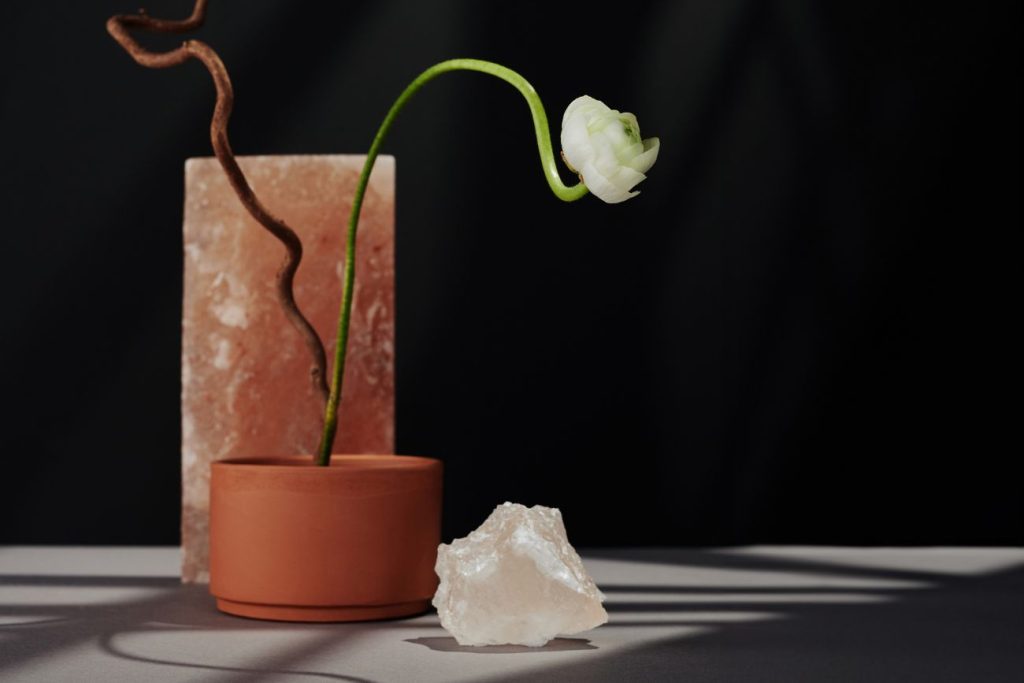
Conclusion
The concept of Invisible Design, with its focus on technology-driven wellness and its impact on the customer experience, is what truly resonated with me at RICE 2023. As Jared Spool stated, “When design is done right, it becomes invisible, as it seamlessly blends into our lives, enhancing experiences without drawing unnecessary attention.” Going beyond the tangible features and considering how every aspect of a product or service contributes to ALL customer needs is a necessity for brands interested in a deeper emotional connection with their audience, ultimately nurturing a loyal and satisfied customer base in a wellness-driven world. Overall, the convergence of wellness, sensory design, and technology in retail is reshaping the customer shopping journey, offering a harmonious blend of convenience, personalization, and emotional well-being.

Kathleen Carron

Subscribe for
more Slant
This site is protected by reCAPTCHA and the Google Privacy Policy and Terms of Service apply.



